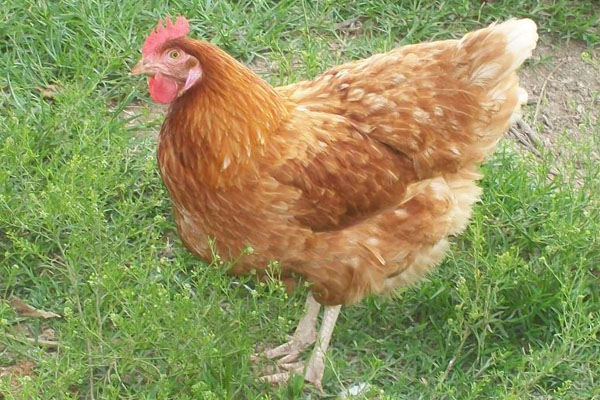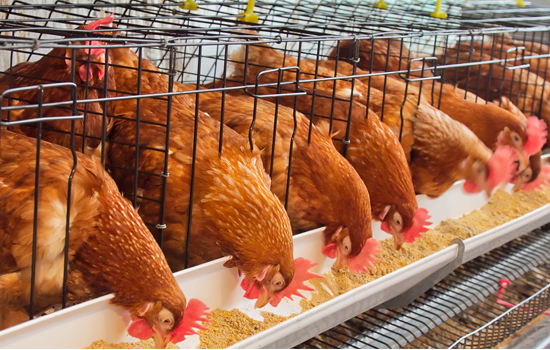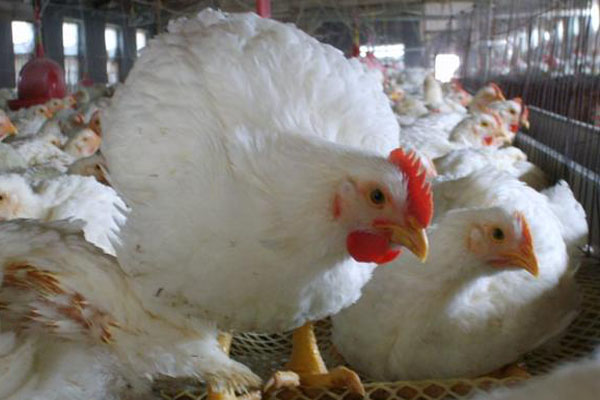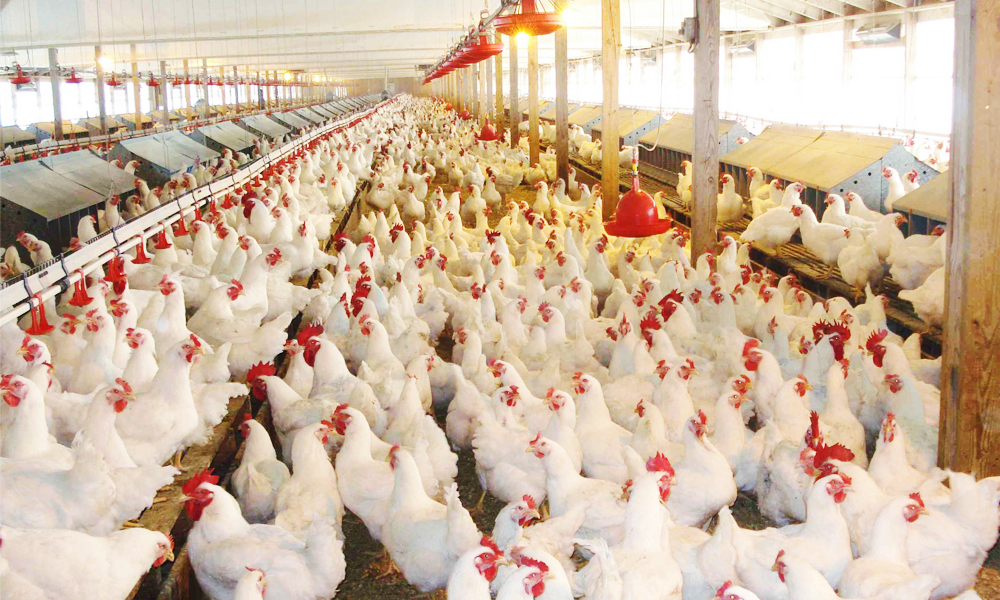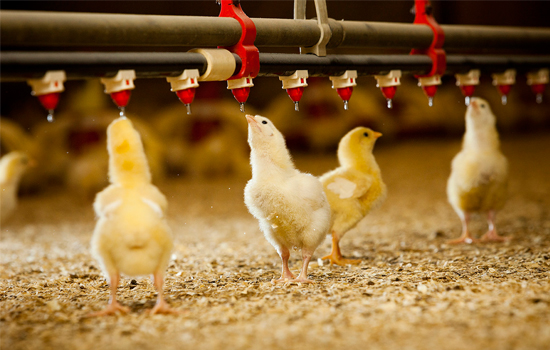Laying hen house design and chicken equipment and utensils
- Published in Method of breeding chicken
Chicken house design
1. Types of chicken houses: Different poultry equipment suppliers provide different kinds of chicken cages. Chicken houses are basically divided into two types, namely, open house (common house) and closed house.
(1) Open house: The most common form is a windowed house with walls on four sides, large windows on the south wall, small windows on the north wall, and no or no playground on the south side. All or most of these houses are naturally ventilated and naturally lit, and the temperature and humidity in the house vary substantially with the seasons. Due to the limited ventilation and light, ventilation and lighting equipment are often added to houses such as production management towels to supplement the lack of ventilation and lighting under natural conditions.
(2) Closed house: also known as windowless house. The roof of the chicken house is well insulated from the four walls; there is no window on all sides, and the interior environment is adjusted by manual or instrument control. Artificial ventilation and light are used in the house to control the temperature, humidity and air composition of the house by changing the amount of ventilation.
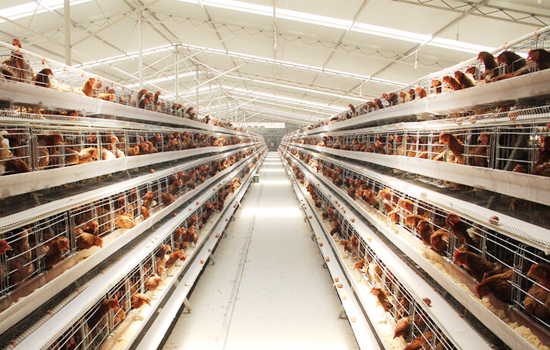
2. Structural requirements of various parts of the chicken house
(1) Foundation and ground: The foundation should be deep and strong. The ground requirements are higher than the outside, moisture-proof, flat, easy to clean and disinfect.
(2) Wall: good thermal insulation performance, can protect against external wind and rain. Use brick or stone to build the wall. The outside of the wall is covered with cement. The inner surface of the wall is covered with cement or white ash to prevent moisture and facilitate scouring.
(3) Roof: In addition to the single-sloping roof of the chicken house with a small span, the double-slope type is generally used.
(4) Doors and windows: The door is generally located on the south side of the south facing chicken house. The size of the door is generally 2 meters high and 1 meter wide; the two doors are 2 meters high and 1.6 meters wide.
The windows of the open house should be located on the front and rear walls, and the front window should be wide and lower from the ground to facilitate daylighting. The ratio of windows to floor area is 110-18. The rear window should be small, about 2/3 of the front window area, which can be higher from the ground for summer ventilation. There are no windows in the closed house, only emergency windows and ventilation inlet and outlet.
(5) Width, length and height of the house: The width of the house depends on the form of the roof of the house, the type of house and the method of feeding. The general width is 6 to 10 meters in an open house and 12 to 15 meters in a closed house.
(6) Operation room and walkway: The operation room is the place where the breeder operates and stores the tools. If the length of the house is not more than 40 meters, the operating room can be located at one end of the house. If the house is more than 40 meters in length, it should be placed in the center of the house.
The location of the walkway depends on the span of the house. The span of the flat house is relatively small. The walkway is usually located on one side of the house, with a width of 1 to 1.2 meters. When the span is greater than 9 meters, the walkway is set in the middle with a width of 1.5~. 1.8 meters, easy to feed with a car. Regardless of the span of the chicken house, depending on the arrangement of the chicken battery cages, the walkway between the chicken cages is 0.8 to 1.0 meters.

